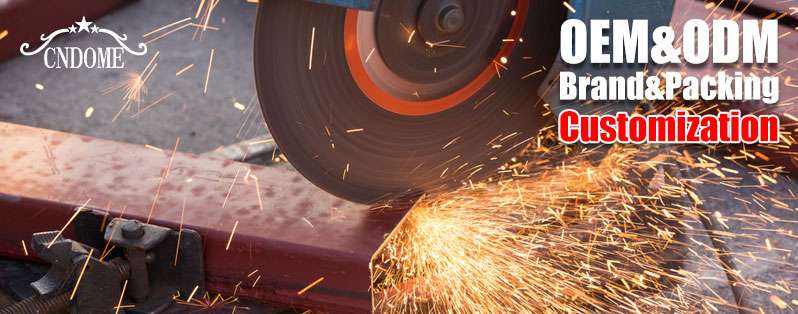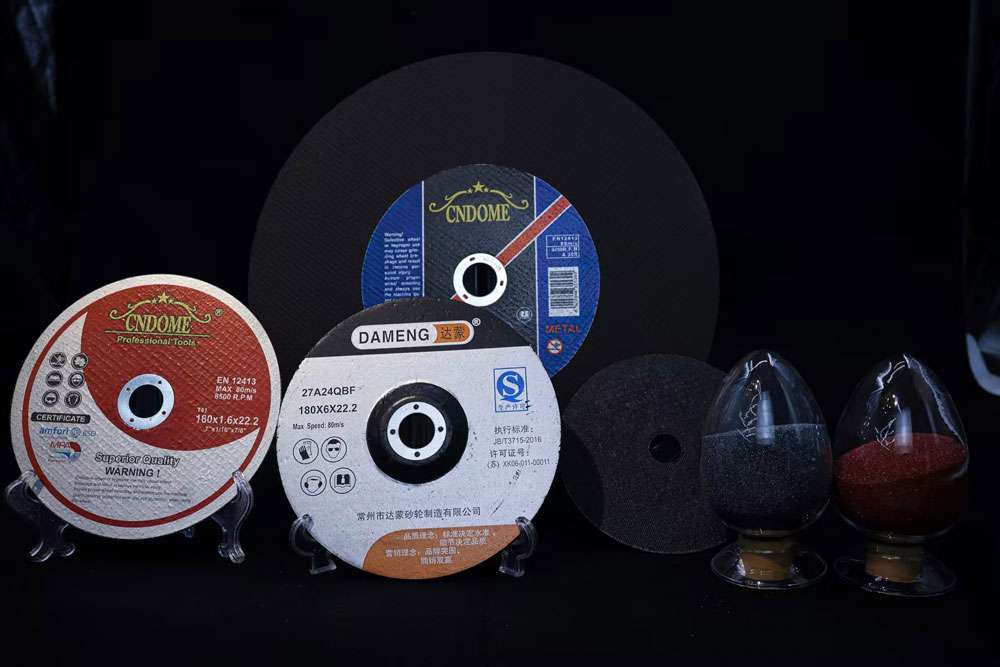Cast iron is a durable and versatile material, commonly used in manufacturing pipes, automotive parts, cookware, and construction. However, cutting through cast iron can be a challenging task due to its hardness and brittleness. Using the right cutting blade is essential to ensure efficiency, precision, and safety. In this blog, we will explore the best cutting blades for cast iron and how to choose the right one for your needs.
Why Cutting Cast Iron is Challenging
Cast iron, due to its high carbon content, is brittle and prone to cracking or chipping during the cutting process. This material also generates a lot of heat when cut, which can wear down standard blades quickly. To overcome these challenges, it’s important to select blades designed specifically for cutting dense, hard materials like cast iron.
Types of Cutting Blades for Cast Iron
1. Diamond Blades Diamond blades are one of the most effective solutions for cutting cast iron. These blades have diamond grit embedded in the cutting edge, providing superior hardness and durability. The diamonds allow the blade to grind through the cast iron efficiently, producing smooth cuts without overheating. Diamond blades are ideal for both wet and dry cutting and are frequently used in construction and industrial applications.
Advantages:
- Long-lasting and durable
- Produces clean, precise cuts
- Suitable for both wet and dry cutting
2. Abrasive Wheels Abrasive cutting wheels are another popular choice for cutting cast iron. These wheels are made from a mixture of abrasive particles, typically aluminum oxide or silicon carbide, bonded together with resin. Abrasive wheels are highly effective at slicing through tough materials like cast iron, but they can wear out faster compared to diamond blades.
Advantages:
- Cost-effective
- Available in various sizes and thicknesses
- Suitable for high-speed cutting
3. Carbide-Tipped Blades Carbide-tipped blades are designed for cutting through tough materials like cast iron. These blades have carbide teeth that provide superior hardness and heat resistance. While carbide-tipped blades may not last as long as diamond blades, they are a good option for less frequent use or when budget constraints are a concern.
Advantages:
- Sharp and heat-resistant teeth
- Effective for medium-duty cutting tasks
- More affordable than diamond blades
Key Factors to Consider When Choosing a Cutting Blade
- Blade Diameter and Thickness The size of the blade matters when cutting cast iron. Larger blades with greater thickness are better suited for heavy-duty applications and will provide deeper cuts. However, smaller and thinner blades may offer better precision and control in more delicate or intricate cutting tasks.
- Wet vs. Dry Cutting Some cutting blades are designed specifically for wet cutting, where water is used to cool the blade and minimize dust. Wet cutting helps prolong the life of the blade and improves the quality of the cut. Dry cutting, on the other hand, is more convenient for quick or small-scale projects. Choosing between wet and dry cutting will depend on your equipment and project requirements.
- Cutting Speed Cast iron requires a slower cutting speed to reduce heat buildup and prevent premature wear on the blade. Make sure the blade you select is compatible with the speed settings of your saw or cutting tool. Some blades are specifically designed to maintain efficiency at lower RPMs.
- Durability and Cost While diamond blades offer the highest durability, they tend to be more expensive. Abrasive wheels and carbide-tipped blades, while more affordable, may need to be replaced more frequently. It’s important to balance durability and cost depending on the scope of your project and your cutting needs.
Safety Tips for Cutting Cast Iron
- Use Proper Safety Gear: Always wear protective gear, including safety goggles, gloves, and a dust mask, when cutting cast iron to avoid injuries from flying debris and dust.
- Secure the Material: Ensure that the cast iron piece is securely clamped or fastened to prevent movement during cutting, which can cause accidents or damage to the blade.
- Control the Heat: Overheating can wear down your blade quickly and cause poor cutting performance. If possible, use water for cooling during wet cutting or take frequent breaks during dry cutting to prevent overheating.
Conclusion
Cutting cast iron may present challenges, but selecting the right blade will make the task easier and more efficient. Whether you opt for a diamond blade, an abrasive wheel, or a carbide-tipped blade, consider factors like blade size, cutting speed, and the type of cutting (wet or dry) that will best suit your project. By using the right blade and following safety guidelines, you can achieve clean, precise cuts on cast iron with minimal wear on your tools.
For more advice on selecting the best cutting blade for your specific needs, feel free to reach out!



